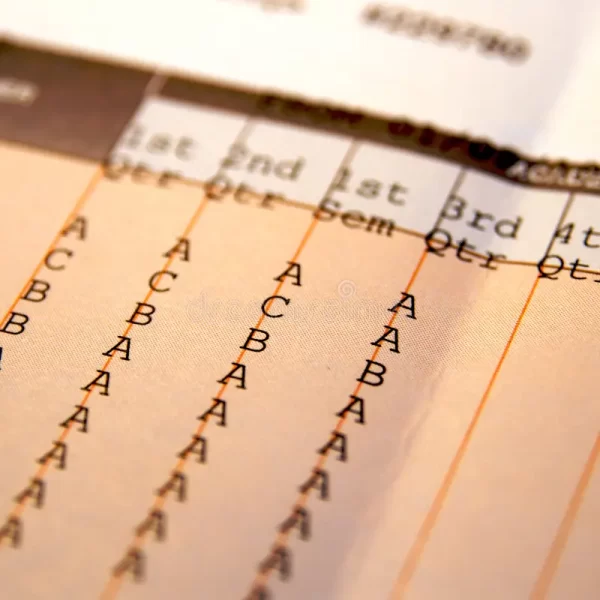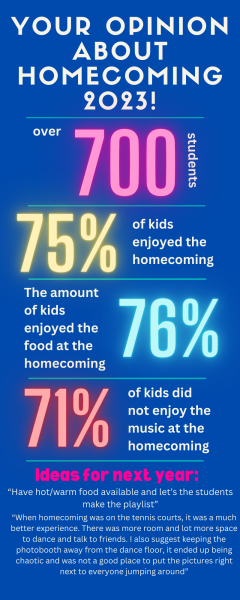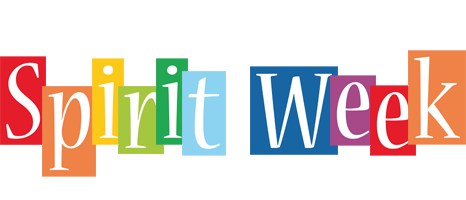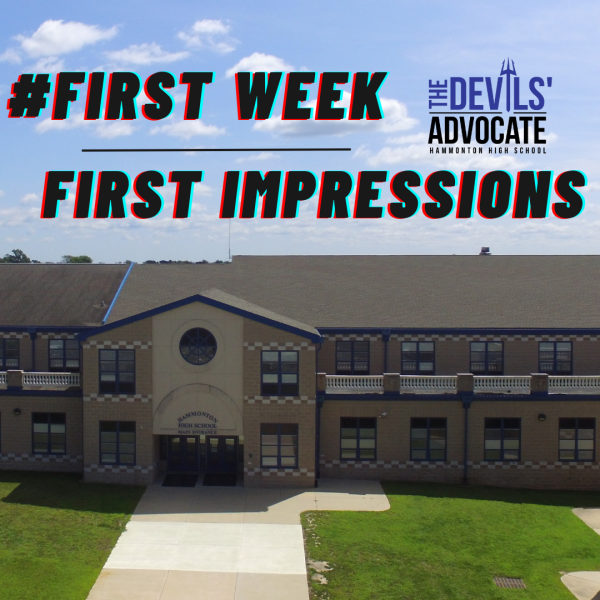Block Scheduling: Good for Middle School, Good for High School?
In the early 90’s, block scheduling became a trend that swept the nation and made its way into middle and high schools across the country.
Block scheduling, first put into place at the Hammonton Middle School in the 2011-2012 school year, is currently in its third year of implementation.
Block Scheduling is a type of school semester or marking period in witch students are in four different classes for about ninety minutes. As this type of schooling may seem appealing to many students and teachers, there have also been a number of students that dislike Block Scheduling all together.
According to the National Education Association (NEA) on its website, block scheduling allows teachers to see fewer students durning the day, giving them more one on one time. This type of scheduling also allows for more learning time, more time for teachers to plan in depth lessons, and more reflection time.
This begs the question: if the school district believes that block scheduling was good for the middle school, would it be good at the high school level too?
Ms. Kimberly Velardi, a language arts teacher at the middle school, thinks that the block scheduling system helps students more effectively learn to read and write in one class session.
“[It] provides Language Arts teachers with an extremely valuable opportunity to infuse both Reading and Writing. For example, when reading a specific novel, I can have my students complete a writing reflection on a topic, character, or theme that we just touched upon,” she said. “Being the teacher of both Language Arts subjects presents me with the chance to effectively and proficiently teach students what would normally have been taught in the past by two different teachers.”
However, block scheduling does not come without its challenges, according to current sophomore John Paul McGrath, who did not like it when he was at the middle school.
“It was boring having the same class for 90 minutes. I lost focus a lot,” he said.
This feeling was also experienced by freshmen Shane Smith.
“I thought it was too long to sit in class. It wasn’t as much fun as a 45 minute class,” he said.
Velardi acknowledged some of the challenges as well.
“The biggest challenge […] occurred during the first year,” she said. “It proved difficult at the start of the school year to gauge how just how much time an assignment, project, and/or reading would take to complete.”
Overall, though, Velardi finds the program effective and wishes they moved over sooner.
According to Mr. Brad Groatman, a 3D Character Animation teacher, he thought that block scheduling would actually be a good thing for our high school as a whole.
” I think that block scheduling would make my class a lot easier as well as other project-based classes. It would make students be able to become more focused [on their projects] instead of always starting and stopping,” he said.
Students enrolled in such project-based classes agree, such as junior Molly Holmes who is currently taking Graphic Design.
” Block scheduling would make classes a lot easier. For example, in my wood shop class, we had to make a wood table, which took about three months. It would male it a lot easier to do work for classes,” she said.
Tristan Underwood, a senior, also feels that block scheduling would be a great thing for our school.
” It would make it easier for students to get work done and also stay focused all at the same time,” he said. “It would allow me also to accomplish more and spend time getting details done in classes.”











